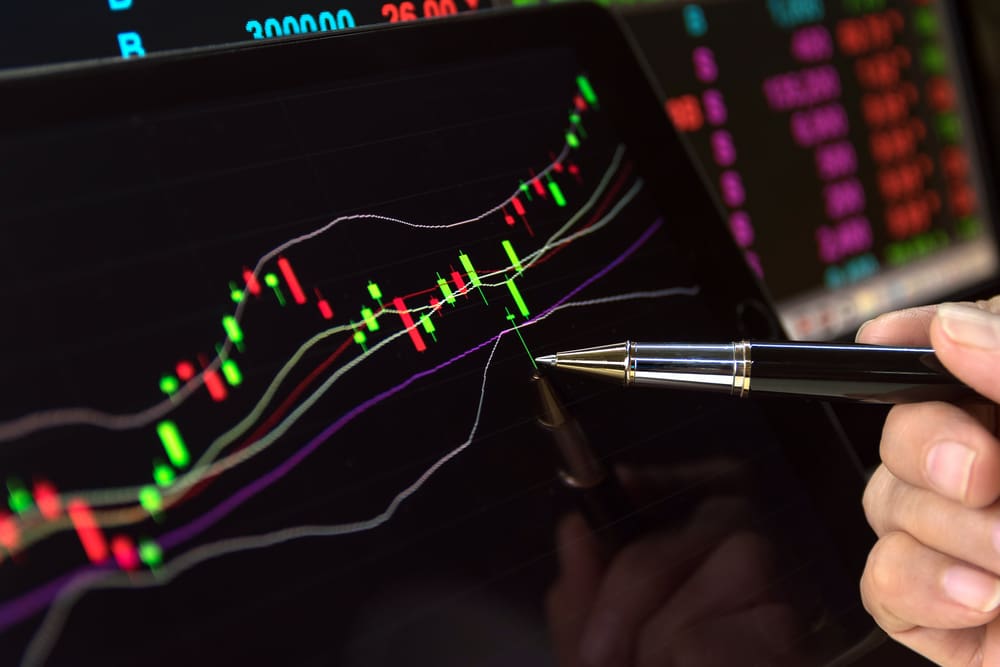Under Forex trading, leverage simply means amplifying both gains and losses. One of the most powerful tools available for traders to take charge of huge positions by only using very small amounts of capital is with leverage. On the other side, while it can increase profitability, so do potential big losses—so that really is a double-edged sword. The article tries to explain in detail what the concept of leverage means in trading, more so within the Forex market. This touches on the role that highly leveraged brokers can play in the scenario above-described.
What does leverage mean in trading?
Essentially, leverage in trading means the ability to hold a great position in the market—a large position—with very little capital.
It’s simply borrowed capital supplied by a broker that can facilitate the amplification of exposure to the markets whereby one so desires. Otherwise, it may be defined as something referred to as a ratio, for instance, 50:1, 100:1, or 500:1, expressing precisely how much greater exposure or position size is in relation to an actual investment that one makes.
For example, at a leverage of 100:1, $1,000 would give an investor a $100,000 position. Since this is the case, small movements in prices can result in large profits and losses.
How leverage works in Forex trading:
Leverage allows a trader in Forex trading to open positions with a much greater volume than what the actual balance in his/her account is. Opening a position on leverage literally means that the trader is borrowing money from his broker for trading at that level. Only the trader’s own capital works as collateral against this loan. For instance, if somebody wants to acquire 1 standard lot of 100,000 units of EUR/USD and his account balance stands at $1,000, he can conduct this operation in leverage. Under these situations, with a leverage of 100:1, he just needs to pay a margin of $1,000, and the rest $99,000 is supplied by the broker.
The Role of High Leverage Brokers
High Leverage Brokers: These are, therefore, brokerage firms that offer high ratios of leverage to their clients, even as high as 500:1 or sometimes 1000:1. Such brokers are highly geared toward traders who would like to maximize their trading potential with limited capital. These brokers let one take larger positions and can possibly earn higher returns but also expose them to greater risks.
1. Higher Profit Potential: The most important advantage high leverage brokers bring to the trader is higher profit potential. One is able to amass fat profits from even the slightest market movements with larger positions at play.
2. Lower Capital Requirement: Due to high leverage, because of that one can participate in markets with less capital. This will help more for retail traders who have less access to huge funds.
3. Flexibility and Accessibility: High leverage brokers often give more flexibility with respect to trading conditions and accessibility. It allows one to try out different strategies and exploit short-term market opportunities.
Risks of High Leverage Trading
While leverage can be powerful in inflating profits, it is equally powerful at inflating losses. Trading with a high degree of leverage involves significant risk, and it is important to clearly understand these risks prior to using leveraged trading.
1. Potential for Large Losses: High leverage trading has the maximum possible potential of huge losses because of the large position size compared to what the trader has really invested. Even a very small adverse price move may lead to huge losses.
2. Margin Calls and Stop-Outs: If the market turns against a leveraged position, the account balance of the trader can fall below the required margin level. The broker would use a margin call to require the trader to add more money; in case of failure to do so, he shall close out the position at his sole discretion to avoid further loss, thus doing a stop-out.
3. Psychological Pressure: The high leverage in trading can have a substantial amount of psychological pressure on traders. The potential large gain or loss may be one of the reasons for the emotionally charged decision process at the expense of trading performance.
Strategies for Managing Leverage
Traders must adopt prudent risk management strategies to control the risks associated with leverage.
1. Lower Leverage Ratios: Even though high leverage brokers offer enticing ratios, it is always advisable to use lower leverage in order to minimize the risk involved. The leverage ratio might be 10:1 or 20:1 for an appropriate risk-reward balancing.
2. Stop-Loss Orders: Stop-loss orders are one of the major risk controls in trading. Giving traders a predetermined exit point, it helps people set out the potential losses they are ready to incur in case the market goes against their position.
3. Proper margin level maintenance: A trader should always ensure that sufficient amount of money as margin is available in his account for covering probable losses. This will avoid or reduce possibilities of margin calls and stop outs.
4. Diversify: One can reduce risks by diversifying positions across different currency pairs. This would not have so great an impact on the trading account due to adverse movements in a single currency pair.
Conclusion
One of the powerful tools in Forex trading, leverage increases one’s trading potential but is a high-risk venture. High leverage brokers enable trading larger positions with limited capital, but one needs to have an idea about the risk factors. To this end, with effective risk management and being disciplined, one can be able to harness these benefits that come with leverage while trying as much as possible to avoid most of the underlying dangers. Be it a novice trader or an experienced professional, understanding and managing one’s leverage is the key to long-term success in the Forex market.
